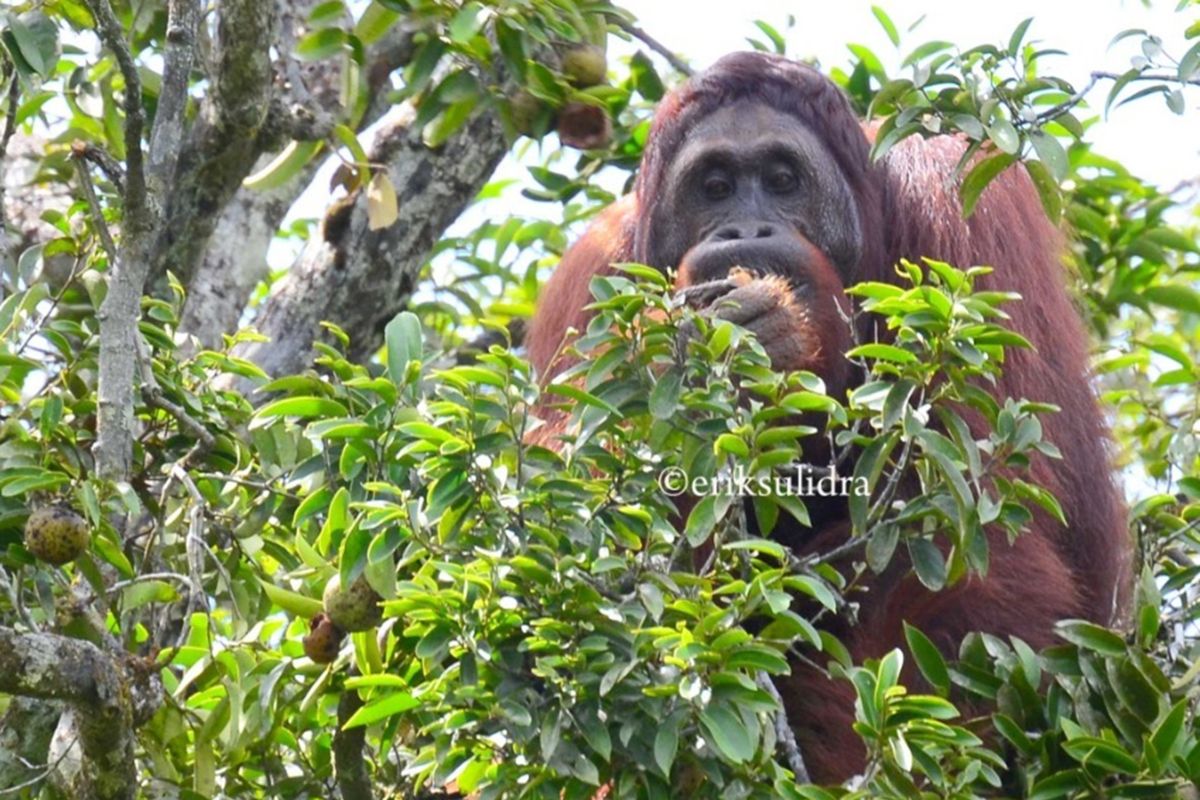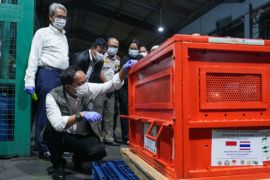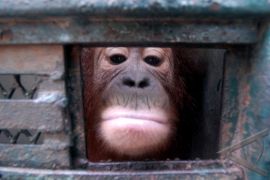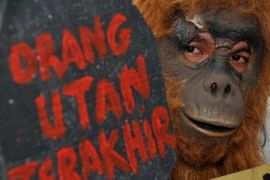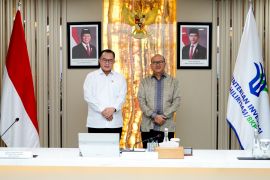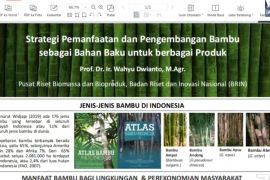The research aims to study the distribution of Sumatran orangutans and develop a model of habitat suitability and food distribution, according to a post-doctoral researcher from the BRIN's Applied Zoology Research Center, Salmah Widyastuti.
It will also seek to map the characteristics of the landscape chosen by wildlife for conservation and development actions, she added.
"We utilize spatial data and existing information on orangutan presence to produce predictions regarding areas with the best habitat potential," Widyastuti said in a statement released on Friday.
Her research is using a model with a machine learning algorithm to predict species distribution and assess habitat suitability.
It is also using a combination of algorithms, machine learning, or ensembles to develop a model with the best accuracy.
"This model can help predict areas that have the potential to be the natural distribution of orangutans that have no information about their presence, so conservation programs can be more effective," she explained.
For example, she applied the model in researching the Gunung Leuser National Park conservation area, which is the habitat of orangutans.
Creating a model of the suitability of the Sumatran orangutan habitat in the national park involved using the distribution of food plants as a predictor.
Researchers predicted the distribution of seven types of food consumed by orangutans from 221 food lists identified in the Gunung Leuser National Park and its buffers, including Calamus sp, Garcinia penangiana, Ixora insularum, Lithocarpus korthalsii, Litsea castanea, Syzygium formosum, and Pometia pinnata.
"Data on the composition of this feed is very important to understand their nutritional needs," Widyastuti pointed out.
According to her, there is a relationship between orangutan population density and the availability of feed in their habitat.
Widyastuti said that her analysis found 1,144 points of presence of Sumatran orangutans originating from direct encounters, camera trap recordings, and nest discoveries used in building models.
If the results of the survey of the location studied do not show the presence of orangutans, this can be studied further as a suitable candidate for a release location.
She said she is optimistic that by utilizing the latest technology and through collaboration between institutions, research efforts can make a significant contribution to supporting the conservation of Sumatran orangutans.
"Awareness and collaboration between the government, academics, and the community are very important in ensuring the sustainability of this endangered species," she added.
Related news: Orangutan population up in Sebangau National Park
Related news: Indonesian, Norwegian ministers observe orangutans in Gunung Leuser
Translator: Farhan Arda Nugraha, Yashinta Difa
Editor: Rahmad Nasution
Copyright © ANTARA 2024
